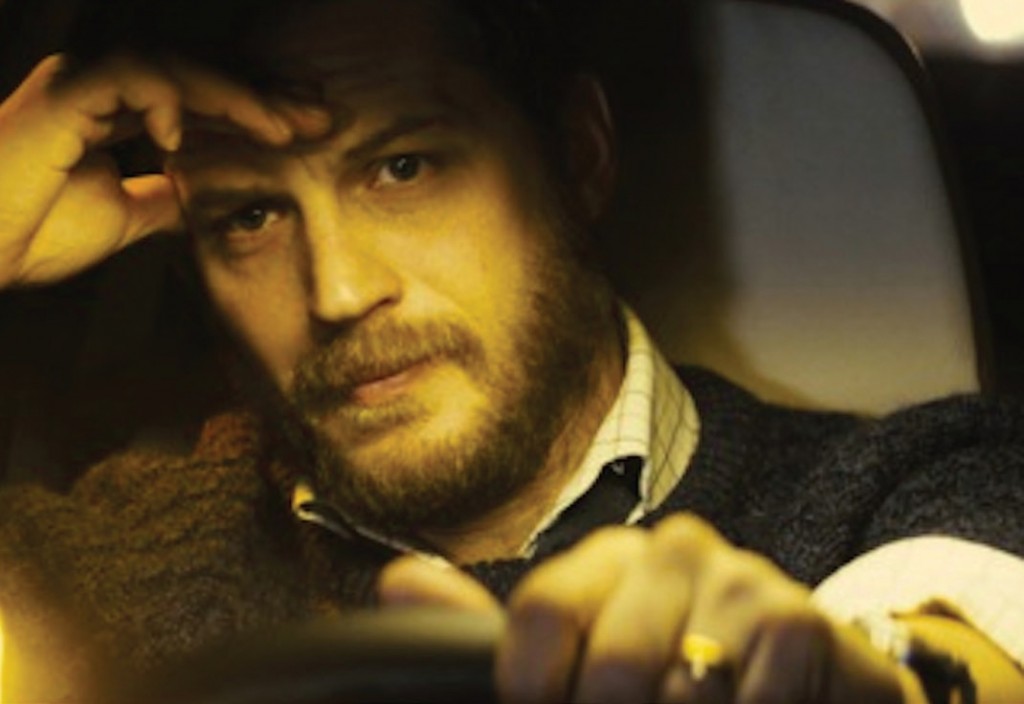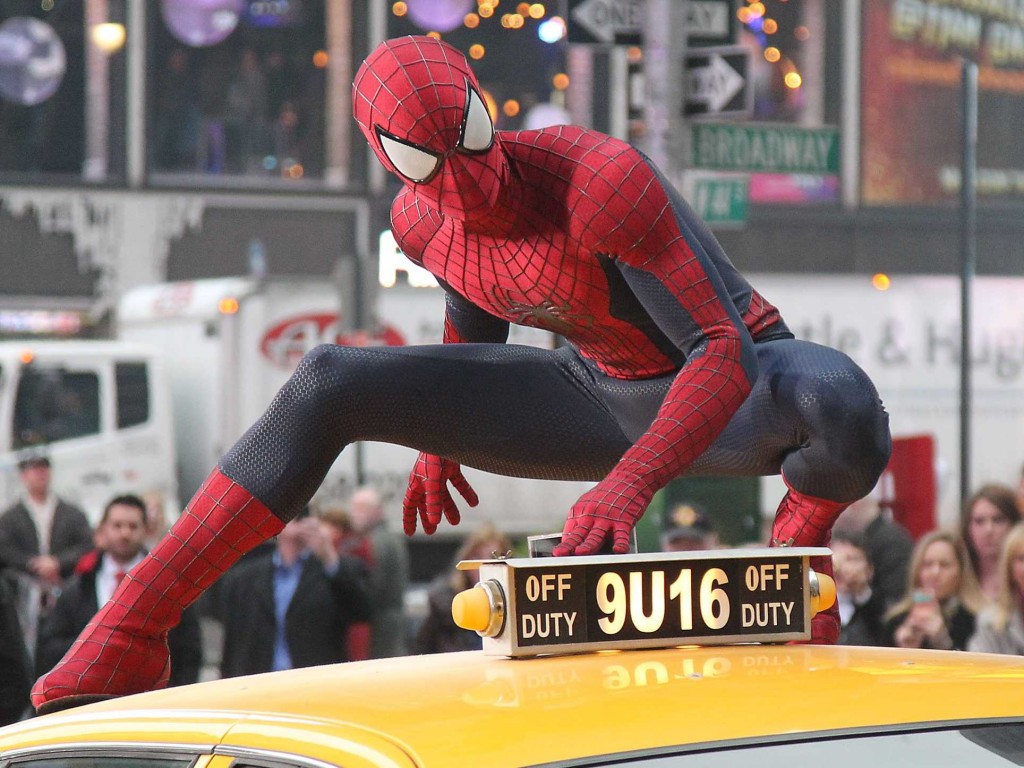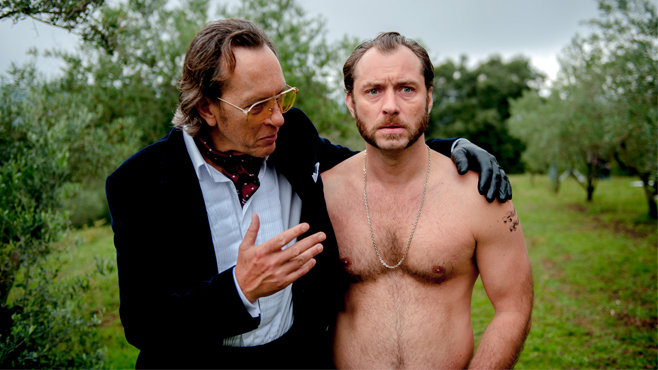The Normal Heart is no longer dated; it’s timeless.
When Larry Kramer premiered his play The Normal Heart off-Broadway in 1985, his agonizing, angry autobiographical story about the AIDS epidemic in New York City and the few activists desperately trying to help their lovers and friends hit like the city like an emotional meteor. While a very few theater critics were able to see through the anger and desperation and criticize the play for its occasional polemical two-dimensionality, most people who saw it experienced it like Kramer’s alter ego in the play Ned Weeks did AIDS: enraged and distraught. Kramer, who helped found both Gay Men’s Health Crisis (GMHC) and ACT-UP, is arguably the least subtle of modern American civil rights heroes; he makes Malcolm X seem like a cranky assistant principal. But of those heroes, only Marin Luther King, Jr. was as great a writer. Whatever dramaturgical problems the play had, Kramer wrote speeches for his characters that were powerfully eloquent enough to mobilize audiences to turn on the city that had long sheltered but had ultimately failed gay men. (It’s doubtful that New York’s closeted Mayor Ed Koch could have prevented the AIDS from becoming an epidemic, but it’s inarguable that his selfish, terrified inaction made it worse for New Yorkers infected with HIV.)
You’d think with a figure like Larry Kramer and a play so powerful and celebrated and a topic so immediate and dire, The Normal Heart would have been filmed quickly. But two things intervened: Kramer’s irascibility scared the bejesus out of closeted Hollywood, and Barbra Streisand, who held the rights to the film for more than a decade, thought the cinematic narcissism called The Mirror Has Two Faces was more important for her to make. It wasn’t until a celebrated 2011 Broadway revival of the play that the combined forces of HBO and Ryan Murphy (Glee, American Horror Story) finally managed to begin filming.
Their stunningly good production of The Normal Heart is arriving more the 29 years after the play’s premiere. In that time GMHC became an entrenched bureaucracy and ACT-UP rose and fell and protease inhibitors made HIV a manageable illness like diabetes in wealthy countries and those countries have helped make it so for millions in poor countries and gay marriage is legal in 17 states and it is Supreme Court decision away from being the law of the land. Honestly, we don’t need The Normal Heart the same way we did in 1985. While the play was written as contemporary political theatre, it can’t be that now. Now, it is just history. This would seem to ensure than the film would be less than what the play was, but the opposite is what has happened. Kramer’s adaptation of his own play not only makes it work better for the expansive power of film, but it also fixes the particularly dated features of the play, tempering the anachronistic prevention arguments, deepening once flat characters, and expanding the story from its local specifics into a more universality. The Normal Heart is no longer dated; it’s timeless.
Kramer’s alter ego is Ned Weeks (Mark Ruffalo), a neurotic gay writer unlucky in love and critical of gay men’s shallow promiscuity (and thus disliked by many of them). It is 1981, and his friends start getting sick and then dying, and based on the expertise of a cranky, wheelchair bound doctor (Julia Roberts), he helps organize a group of gay men to do something. In the play, the organization is unnamed, but in the film, as in reality, this organization is GMHC, now one of the country’s largest AIDS service organizations. While attempting to get The New York Times to write more about the disease, he meets Felix Turner (Matt Bomer), a beautiful fashion writer, and they quickly fall in love. Meanwhile, Ned and his GMHC partners worry and grieve about their lovers and fight and fight about tactics and personalities, with Bruce Niles (Taylor Kitsch) representing the WASPy conservative accommodation-minded opposite of Ned’s confrontational Jew and Tommy Boatwright (Jim Parsons) as their sweet, smart middleman. The stakes are powerfully raised with Felix reveals to Ned that he has a Kaposi sarcoma lesion growing on his foot. Between Felix’s illness, Bruce’s opposition, and the disapproval of Ned’s brother Ben (Alfred Molina), Ned is in a constant state of agony – and righteousness. The end of the story is pre-ordained by history and circumstance, and you will cry.
Kramer’s screenplay reorders scenes, deletes several expository AIDS 101 monologues, gives Roberts one extra minute to earn more sympathy, and greatly expands Tommy’s character. Based on Roger McFarlane, Kramer’s close friend and the first executive director of GMHC who went on to run multiple other AIDS organizations, Tommy was a small but key character in the play. In the film, he comes to represent the pragmatic, responsible, moral good that came from the idealistic and fraught early fighting between Ned and Bruce. Parsons, who has won three Emmys for The Big Bang Theory and is possibly the great comic actor of his generation, shows that he is as versatile and powerful as the film’s star Mark Ruffalo. Ruffalo, to his credit, has never been as great on screen, despite brilliant performances in You Can Count on Me and The Kids Are All Right, and he is funny, heartbreaking, annoying, and very sexy. Performing a character created to be cried over, Bomer is obvious, but good. Roberts’s casting was maligned by some purists, but her cold, angry performance is flawless.
The biggest surprise for viewers not familiar with New York theater is Joe Mantello, best known now for his direction of, among other major Broadway shows, Wicked. As Mickey Marcus, one of Ned’s best friends, Mantello erupts in the third act of the film with the greatest of Kramer’s speeches, a barnburner of rage and agony. Like Parsons and Bomer, Mantello is an out gay man, and they join several other famous out actors – including Stephen Spinella, Denis O’Hare, and BD Wong – in a largely out gay cast. That would have been impossible in a film shot during the 1980s.
While Kramer and the cast are responsible for much of the film’s success, I have to give director Ryan Murphy his due. I think he’s the most overrated producer and writer in television. Whatever Glee’s charms, it’s wildly inconsistent and occasionally unwatchable, and American Horror Story is sadistic misogyny as low-brow art. I was terrified of what he would do to such an important work like The Normal Heart. But the film, despite being a little long and edited occasionally too bluntly, is beautifully directed, with scenes tautly staged and occasionally gorgeously shot. And when everyone in a cast delivers such consistently great performances, it can’t be simply their natural talent. Murphy directed them, and the film, to greatness.
The Normal Heart
Directed by Ryan Murphy
Written by Larry Kramer
Starring Mark Ruffalo, Matt Bomer, and Jim Parsons
Premiering on HBO on May 25 at 9pm



